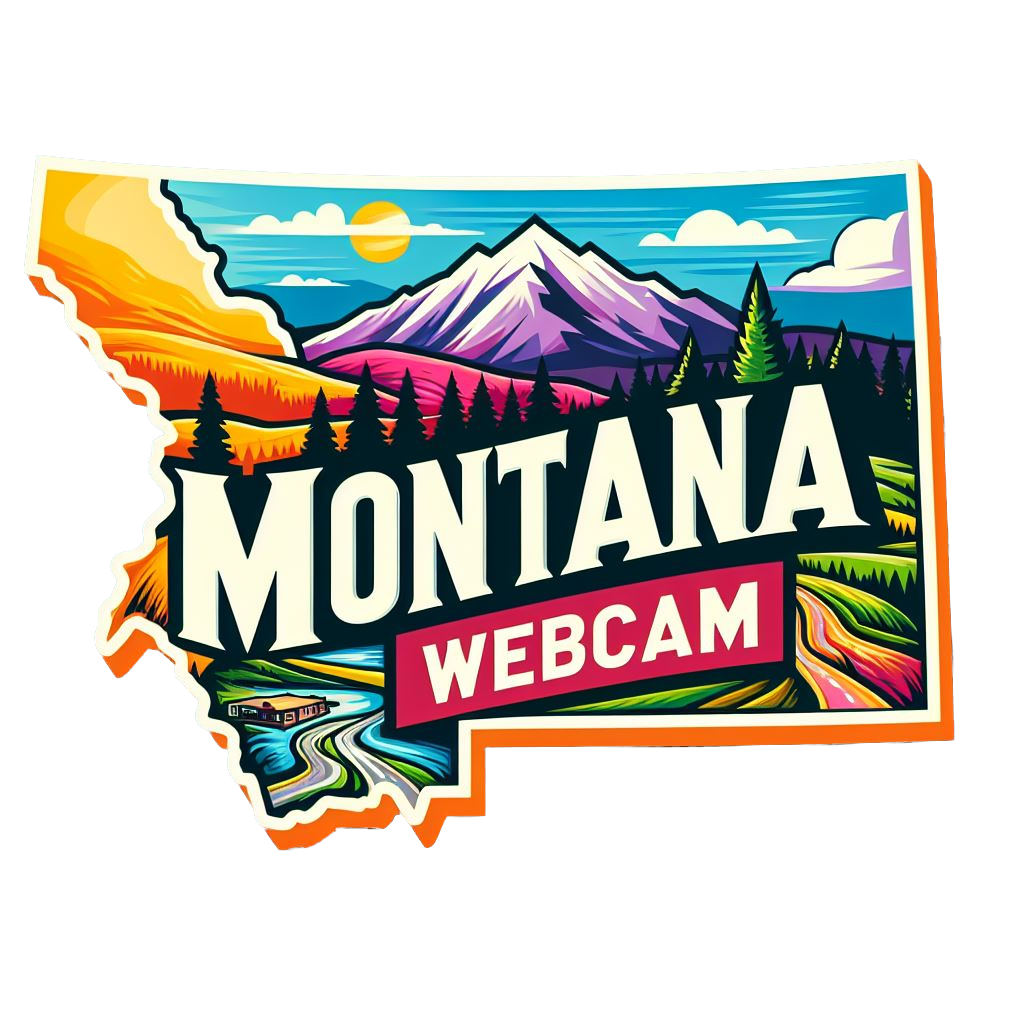Cut Bank, MT Weather Cams
Glacier Electric Cooperative
Cut Bank, Montana: From Frontier Outpost to Modern Community
Introduction: Gateway to the Northern Plains
Cut Bank, MT Weather Cams.Situated along the Hi-Line of northern Montana, Cut Bank is a town with a rich history rooted in the rugged frontier spirit of the American West. Named after the steep cut banks of the nearby Cut Bank Creek, this town has evolved from a remote outpost into a thriving community. Its history reflects the broader narrative of Montana’s development, marked by Native American heritage, the arrival of the railroad, and the enduring challenges and triumphs of rural life.
Early Inhabitants: Native American Presence
Long before European settlers arrived, the area around Cut Bank was inhabited by Native American tribes, particularly the Blackfeet Nation. The Blackfeet people, known for their nomadic lifestyle and hunting prowess, roamed the vast plains and river valleys, relying on the abundant wildlife and natural resources.
The land around Cut Bank was part of the Blackfeet Reservation, established by treaties in the mid-19th century. The rich cultural heritage of the Blackfeet continues to influence the region, with many descendants still living in the area and contributing to the community’s cultural tapestry.
Establishment and the Railroad Era
Cut Bank’s modern history began with the westward expansion of the railroad. In 1891, the Great Northern Railway, led by James J. Hill, extended its tracks across northern Montana, aiming to connect the Midwest with the Pacific Northwest. The arrival of the railroad was a game-changer, transforming the remote prairie into a hub of activity and commerce.
The town of Cut Bank was officially established in 1891 as a railroad station and supply point. The railway brought an influx of settlers, merchants, and ranchers, eager to capitalize on the new economic opportunities. The town’s strategic location along the rail line made it a critical point for transportation and trade, facilitating the movement of goods and people across the region.
Growth and Development: Early 20th Century
The early 20th century was a period of growth and development for Cut Bank. The town quickly became a service center for the surrounding agricultural and ranching communities. The fertile plains of northern Montana were ideal for wheat farming and cattle ranching, industries that formed the backbone of Cut Bank’s economy.
During this period, the town saw the construction of essential infrastructure, including schools, churches, and businesses. The Cut Bank Pioneer Press, the town’s first newspaper, was established in 1901, providing a vital source of news and information for the growing community.
In 1917, Cut Bank was incorporated as a city, solidifying its status as a key regional center. The construction of the Cut Bank Air Force Station during World War II further boosted the local economy and brought new residents to the area.
The Oil Boom: Mid-20th Century Prosperity
One of the most significant chapters in Cut Bank’s history is the oil boom of the mid-20th century. In 1926, oil was discovered in the nearby Kevin-Sunburst oil field, leading to a surge in exploration and drilling activity. The discovery of oil transformed Cut Bank into a bustling boomtown, attracting workers, businesses, and investment.
The oil industry brought prosperity and growth, with new housing developments, businesses, and infrastructure projects springing up to accommodate the influx of people. The construction of oil refineries and pipelines created jobs and contributed to the economic vitality of the region.
Despite fluctuations in oil prices and production levels, the industry remained a significant part of Cut Bank’s economy for decades. The town’s legacy as an oil boomtown is still evident today, with remnants of old oil rigs and refineries dotting the landscape.
Challenges and Resilience: Late 20th Century to Present
Like many rural communities, Cut Bank faced economic challenges in the late 20th century. Declines in oil production, coupled with broader economic shifts, led to periods of hardship and population decline. However, the resilience and determination of Cut Bank’s residents have helped the town weather these challenges.
Efforts to diversify the local economy have included promoting tourism, agriculture, and small businesses. The town’s proximity to Glacier National Park and its scenic natural surroundings make it an attractive destination for visitors seeking outdoor recreation and adventure.
Cut Bank’s community spirit is evident in its vibrant local events and cultural activities. The annual Lewis and Clark Festival celebrates the town’s historical heritage, while the Cut Bank Ice Carnival, held in January, highlights the region’s unique winter environment and community camaraderie.
Modern Cut Bank: A Community with Deep Roots
Today, Cut Bank is a testament to the enduring spirit of the American West. The town’s population may be small, but its sense of community and pride is strong. Cut Bank’s schools, healthcare facilities, and local businesses serve as vital pillars of support for residents.
Education has always been a priority in Cut Bank, with the town’s schools providing quality education and extracurricular opportunities for students. The Northern Rockies Medical Center offers essential healthcare services, ensuring the well-being of the community.
Efforts to preserve Cut Bank’s historical heritage are evident in local museums and landmarks. The Glacier County Museum, for instance, showcases the region’s rich history, from Native American culture to the railroad era and the oil boom.
Conclusion: Honoring the Past, Embracing the Future
The history of Cut Bank, Montana, is a story of transformation, resilience, and community. From its roots as a Native American homeland to its emergence as a railroad hub and oil boomtown, Cut Bank has continually adapted to changing circumstances while maintaining its unique character.
As Cut Bank looks to the future, it remains committed to honoring its past and embracing new opportunities. The town’s strong community spirit, combined with its strategic location and rich natural resources, ensures that Cut Bank will continue to thrive as a vibrant part of Montana’s landscape.
For more information, visit the official Cut Bank, Montana website.
